Commentary: President Donald Trump wants to meet with Kim Jong Un again. But what about Kim?
Published in Op Eds
This past weekend, President Donald Trump landed in Malaysia to kick off a tour in Southeast Asia that could either make or break his trade agenda. Ever the showman, Trump inaugurated the week’s events by presiding over a ceremonial signing of a ceasefire agreement between Thailand and Cambodia that he helped broker during the summer. Next, he will jet to Japan for talks with Sanae Takaichi, the country’s first female prime minister. Then it’s a session with South Korean President Lee Jae-myung to finalize a U.S.-South Korea trade deal, which is bogged down in the details. Last but not least is a meeting with Chinese President Xi Jinping, in which both men are hoping to replace a trade war with a more predictable economic relationship.
The most suspenseful part of the trip, however, is not even on Trump’s official schedule: Will he organize a last-minute sit-down with North Korean leader Kim Jong Un?
Right now, the question is a theoretical one. But Trump has fond memories of his summitry with Kim during his first term and hasn’t forgotten the relatively positive press coverage he received becoming the first sitting U.S. president to set foot on North Korean soil. If anything, Trump has been pondering another diplomatic sojourn with Kim for a while. When South Korea’s president was in Washington in August, Trump told reporters he would like to meet with Kim before the year was out. Flying to the region Friday aboard Air Force One, he reiterated a full openness to a quick meeting. “If (Kim would) like to meet, I’m around,” Trump said a few days later. “I’ll be in South Korea, so I could be right over there.”
An unplanned get-together between Trump and Kim is more plausible than you may think. Trump’s handshake with Kim at the Demilitarized Zone in 2019 wasn’t officially on the president’s schedule until he floated the prospect on his social media feeds. The mood between the two men at the time was still relatively warm; the North Korean dictator took Trump up on the offer, and both had an historic photo opportunity to brag about.
Yet that was then, and this is now. The geopolitical situation has changed significantly for North Korea in the years since, mostly for the better. Back in 2018 and 2019, when U.S. and North Korean officials were actually engaging in discussions, Kim was confronting myriad problems, both internal and external. Domestically, North Korea’s economy was in the doldrums, a product of a United Nations Security Council sanctions regime that was tightened just a year earlier. Russia and China were at odds with the United States on several major foreign policy issues, but penalizing North Korea for its nuclear weapons and ballistic missile programs wasn’t one of them. When Trump offered the North Koreans a diplomatic olive branch in the spring of 2018, Kim took it — because he assessed that striking a decent nuclear agreement was the only way Pyongyang could emerge from its morass.
Seven years later, the desperation that drove Kim to the negotiating table in the past is no longer there. Yes, Kim is still a pariah in the West. Yes, the COVID-19 pandemic took a hammer to the North Korean economy as trade links with China dried up. And sure, U.N. Security Council sanctions are technically on the books.
Yet the box the North Koreans found themselves in 2018 and 2019 has loosened considerably, a consequence of a more adversarial shift between the world’s most powerful countries and a war thousands of miles away in Ukraine that Kim has taken full advantage of.
You don’t have to be a genius to see the descent of great power relations between Trump’s first and second terms. A U.S.-Russia relationship that was historically defined by pragmatism, frustration and durable communication is now for all intents and purposes in the toilet courtesy of Russian President Vladimir Putin’s invasion of Ukraine, Russia’s asymmetric operations in Europe and clashing visions of how the international order should be structured. Arms control, a common interest that wedded Washington and Moscow even during the tensest periods of the Cold War, is now dead, with the last treaty between them set to expire in February. Ties have gotten so bad that even Trump, a man who often gives Putin the benefit of the doubt, sanctioned Russia’s two largest oil companies last week.
U.S.-China relations aren’t any better. Trump’s volatility, mutual tariffs and export restrictions, Beijing’s military modernization and the People’s Liberation Army’s incessant saber-rattling around Taiwan have played into the prevailing fears and worst-case assumptions both sides hold toward one another. China is intent on dominating East Asia or at least preserving its status as East Asia’s strongest state; the United States, meanwhile, is intent on checking China’s rise and working with allies to ensure a stable balance of power exists. Of course, Washington and Beijing have totally different definitions of “stable,” which is part of the problem.
Kim sees this like the rest of us and has capitalized on it by cozying up to Moscow and Beijing, which serves two purposes: It decreases the need for negotiations with Washington and elevates Pyongyang’s utility to Russia and China, which gives Kim greater space to operate. And indeed for Russia, Kim has been more than useful: Approximately 15,000 North Korean troops were deployed to Kursk, Russia, to assist Putin’s army in pushing Ukrainian forces back across the border. Kim was compensated for the trouble with more Russian air defenses.
In short, Trump may want to meet with Kim. But is the feeling mutual?
____
Daniel DePetris is a fellow at Defense Priorities and a foreign affairs columnist for the Chicago Tribune.
___
©2025 Chicago Tribune. Visit at chicagotribune.com. Distributed by Tribune Content Agency, LLC.
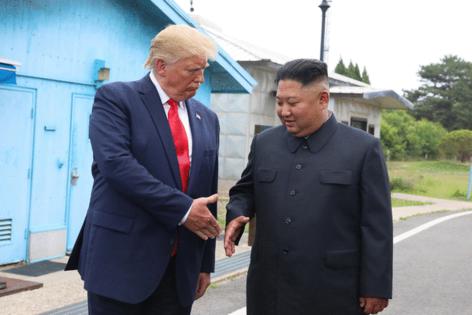


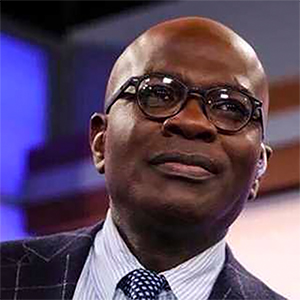



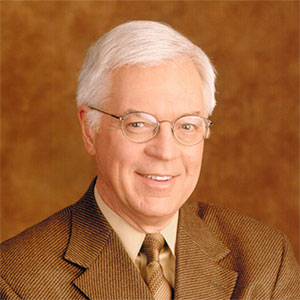

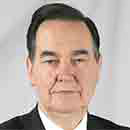








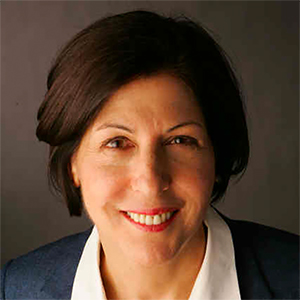
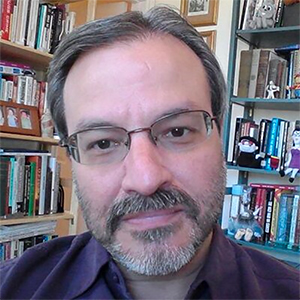






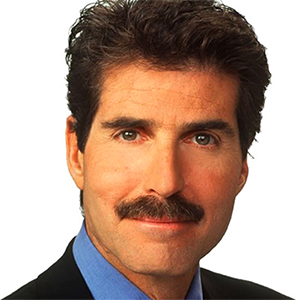
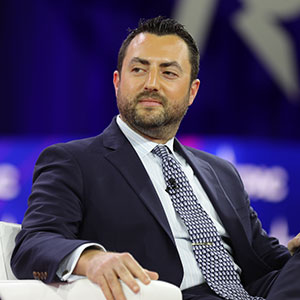
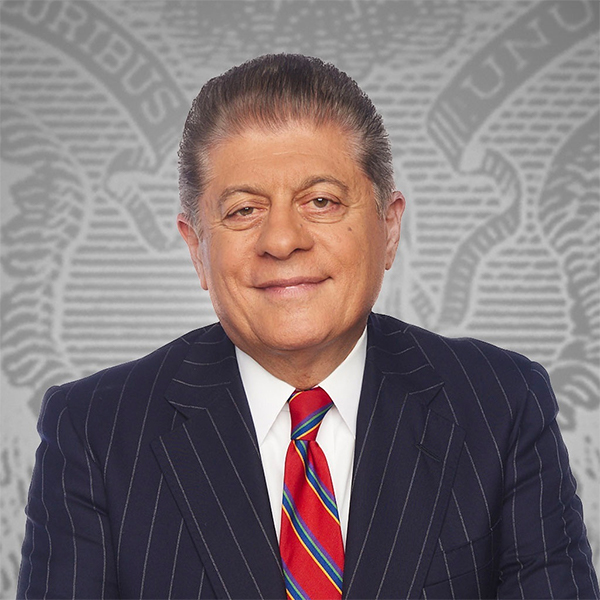









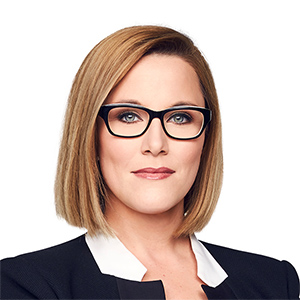










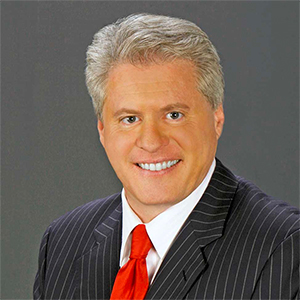

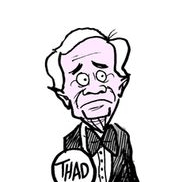
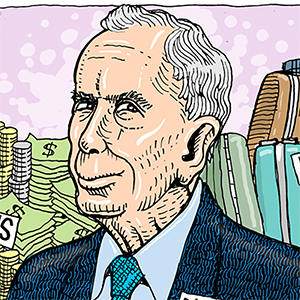
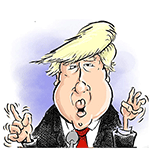
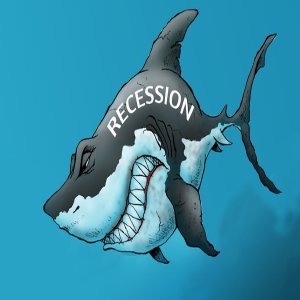
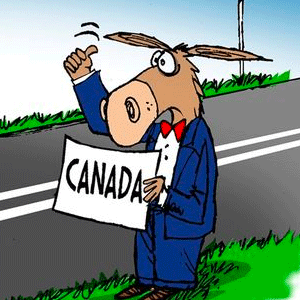
Comments